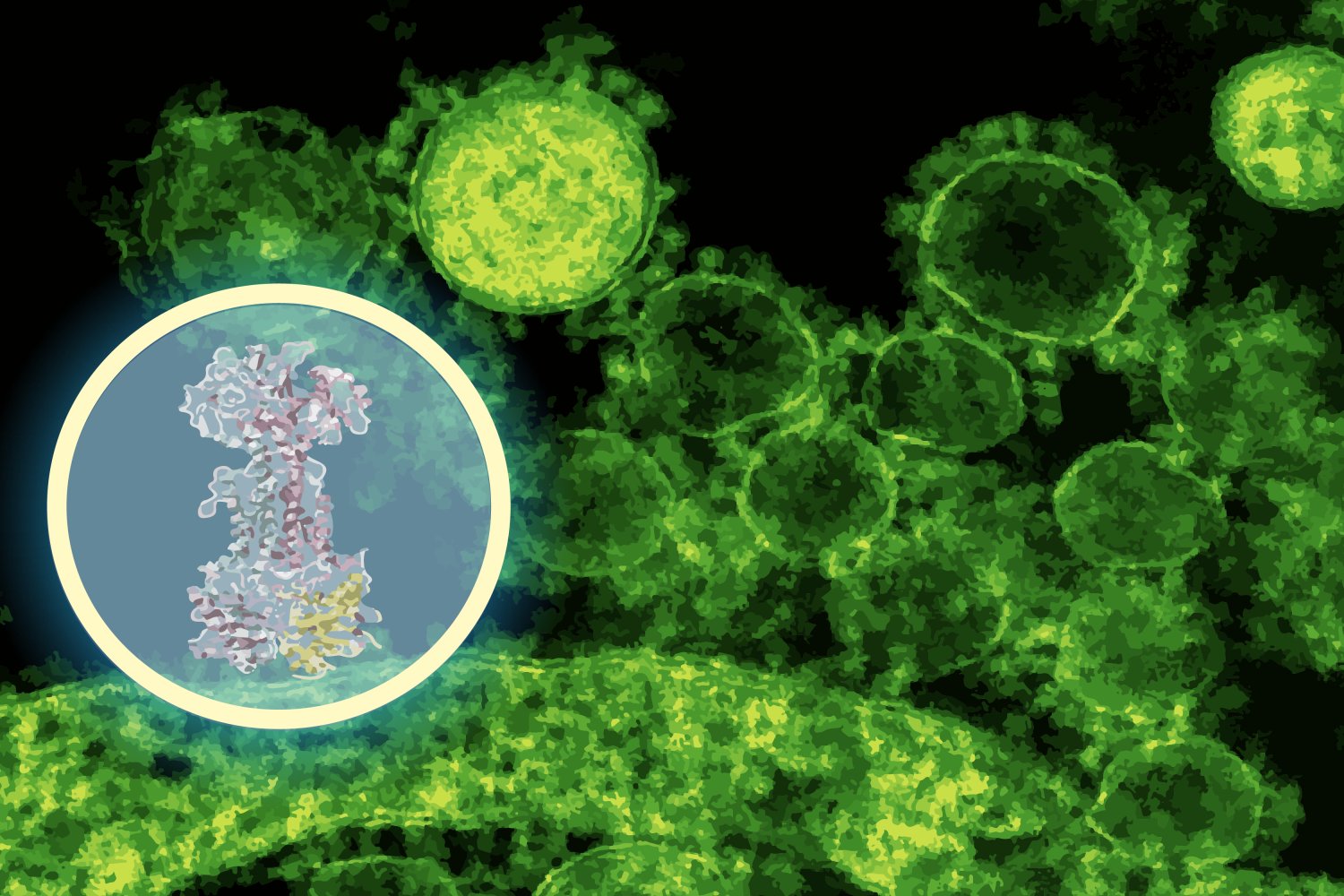Introduction to AI’s Greatest Challenge
The Mathematical Paradox at the Heart of AI is a complex issue that has puzzled experts for centuries. When you marvel at a large language model’s capability, remember it rides on centuries-old mathematics. Newton’s discovery of the derivative laid the groundwork for backpropagation; the same principle guides every weight adjustment in a neural network today.
The Connection Between Newton’s Calculus and Modern AI
By pairing his candlelit study with a glowing AI “brain,” we reveal that hallucinations aren’t a modern bug but an echo of this foundational technique. These AI systems, designed to process and generate human-like text with remarkable fluency, are increasingly “hoist with their own petard” — undone by the very mechanisms that make them powerful. As OpenAI finds itself puzzled by rising hallucination rates in newer models (o3 and o4 ), we’re witnessing what many AI skeptics have long predicted: a fundamental limitation that may be inherent to transformer architecture itself.
The Role of Calculus in AI
The connection between Newton’s calculus and modern AI is more than just historical trivia — it’s the key to understanding why hallucinations persist as an unsolvable problem. Neural networks fundamentally rely on optimization techniques that trace back to Newton’s work on derivatives. Backpropagation, the algorithm that powers learning in these systems, is essentially the application of the chain rule of calculus to adjust weights and minimize error.
The Problem of Hallucinations in AI
This mathematical lineage reveals something profound: the limitations of AI are rooted in the very foundations of mathematics. The problem of hallucinations in AI is not just a technical issue, but a fundamental challenge that requires a deep understanding of the underlying mathematics.
Conclusion
In conclusion, the mathematical paradox at the heart of AI’s greatest challenge is a complex issue that requires a deep understanding of the underlying mathematics. The connection between Newton’s calculus and modern AI is more than just historical trivia — it’s the key to understanding why hallucinations persist as an unsolvable problem. As we continue to develop and improve AI systems, it’s essential to recognize the limitations and challenges that are inherent to these systems.
FAQs
- Q: What is the mathematical paradox at the heart of AI’s greatest challenge?
A: The mathematical paradox at the heart of AI’s greatest challenge refers to the limitations and challenges that are inherent to AI systems, particularly the problem of hallucinations. - Q: How does Newton’s calculus relate to modern AI?
A: Newton’s calculus is the foundation of modern AI, particularly in the development of backpropagation and optimization techniques. - Q: What is the problem of hallucinations in AI?
A: The problem of hallucinations in AI refers to the tendency of AI systems to generate false or inaccurate information, which is a fundamental challenge that requires a deep understanding of the underlying mathematics. - Q: Can the problem of hallucinations in AI be solved?
A: The problem of hallucinations in AI is a fundamental challenge that may be inherent to transformer architecture itself, and it’s unclear whether it can be completely solved. However, researchers are continuing to develop and improve AI systems to mitigate this issue.










